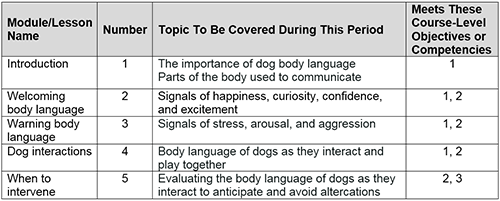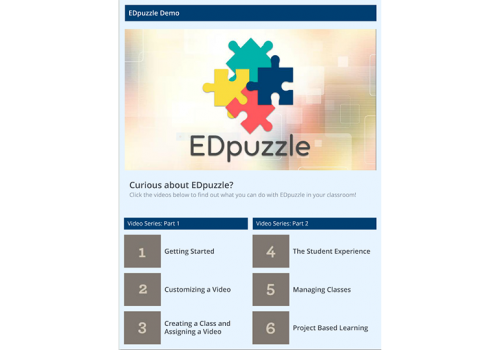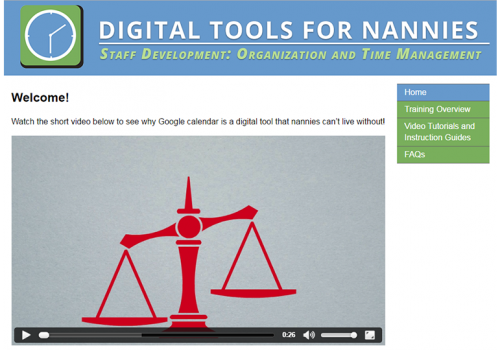This is a simulation of a project that was completed for a graduate course in the winter of 2016. The guidelines for this assignment were to develop a plan for an online course and then develop and deliver one of the course modules in the Moodle LMS platform.
Work Process
For this assignment, I developed a plan for an online course to train staff at dog daycare and kennel facilities to evaluate the body language of dogs. The course module I developed and delivered in Moodle is the third of five modules in the course.
Analysis
I started by developing a profile of the target learners for this course that considered their demographics, prior knowledge and experiences, skill level, and motivation. Next, I started breaking down the general topic of “dog body language” into its underlying concepts and determined the related skills needed to apply knowledge of these concepts on the job. I used this information to determine the learning objectives for the course and course modules, listed below.
Course Learning Objectives
Upon completing this course, learners will be able to:
- Explain why they need to know about dogs’ body language and what parts of the body dogs use to communicate.
- Analyze a dog’s body language to identify its emotion or state of mind.
- Evaluate the body language of two or more dogs as they interact to determine whether an intervention is needed to avoid an altercation.

Design
Per the assignment guidelines, I chose one module, Module 3, to design and develop for delivery in Moodle. I identified learning objectives for the module, listed below, that were measurable and supported the overall learning objectives for the course.
Module 3 Learning Objectives
Upon completing this module, learners will be able to:
- Identify signs of stress, arousal, and aggression in photos and videos of dogs (i.e. warning body language).
- Classify the body language of dogs in photos and videos as welcoming or warning.
- Explain the factors used to determine whether a dog’s body language is welcoming or warning.
During this phase, I also planned four different learning activities to assess trainees’ achievement of the module learning objectives: interactive practice exercises, a case study discussion post, a reflective blog entry, and a quiz.
Development
After determining the learning objectives, activities, and assessments for the module, I began developing it for delivery in Moodle. I started by using graphics and text to create a brief introduction section for the course in Moodle. Next, I created a “Community Corner” area for trainees to interact with each other during the course. This included areas for Course News, Course Q&A, and Off-Topic Discussions as well as a Course Wiki for trainees to share helpful resources and information with each other. After that, I created a course introduction video in PowerPoint and added it below the Community Corner section along with a list of the course learning objectives.
Finally, I added a section for Module 3. For this module, I first created a Moodle Book to introduce trainees to the topic. For page 4 of the Moodle Book, I created a PowerPoint presentation with practice activities, published it to Nearpod to make it interactive, and embedded the Nearpod presentation in the Moodle Book. Next, I added the reflective blog post and case study discussion post activities. Following that, I used Adobe Muse to create a website with interactive practice activities and added it to the section for Module 3 in Moodle. Finally, I created a quiz with 10 true/false and multiple choice questions in Moodle and included graphics and instructive feedback for both correct and incorrect responses.




